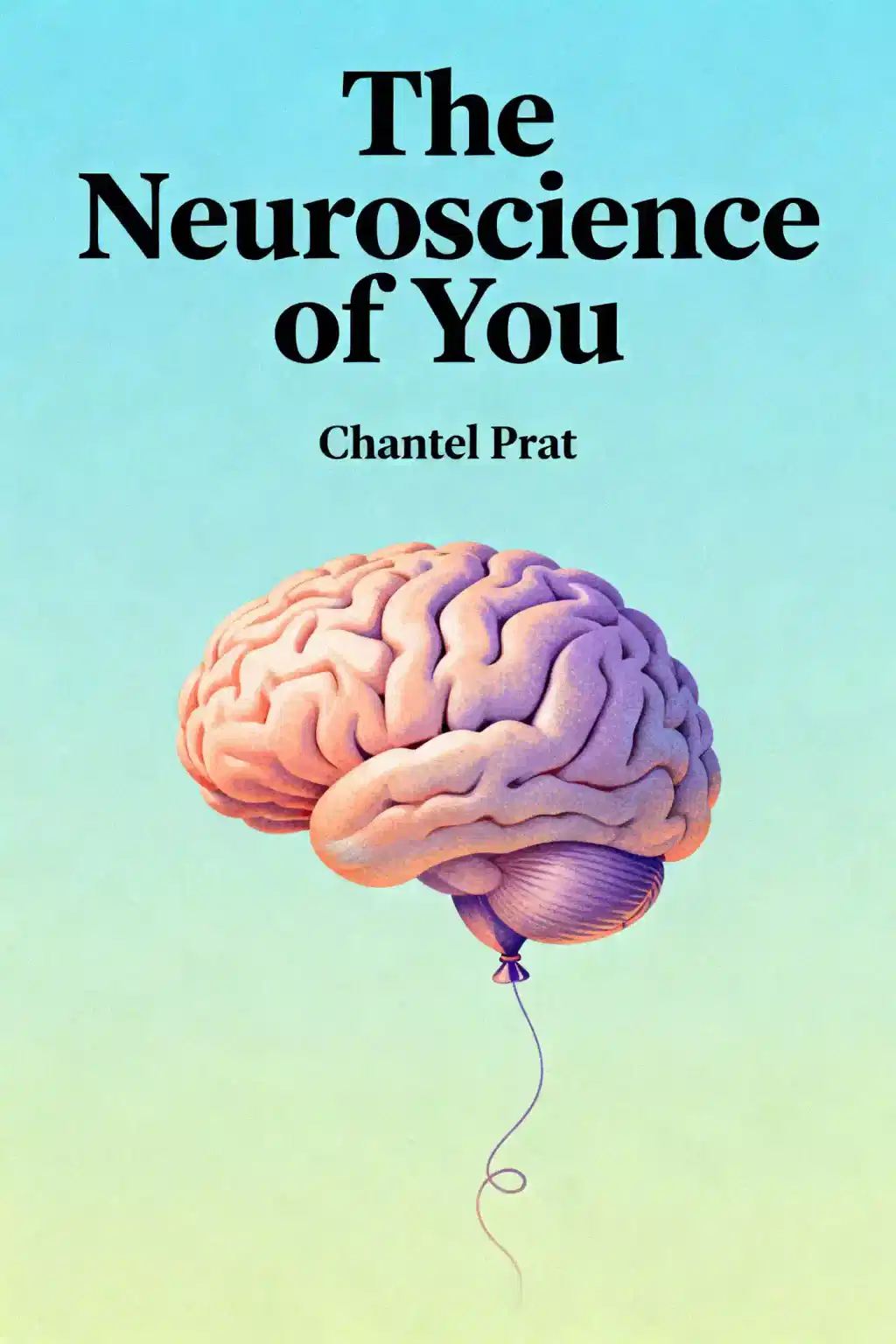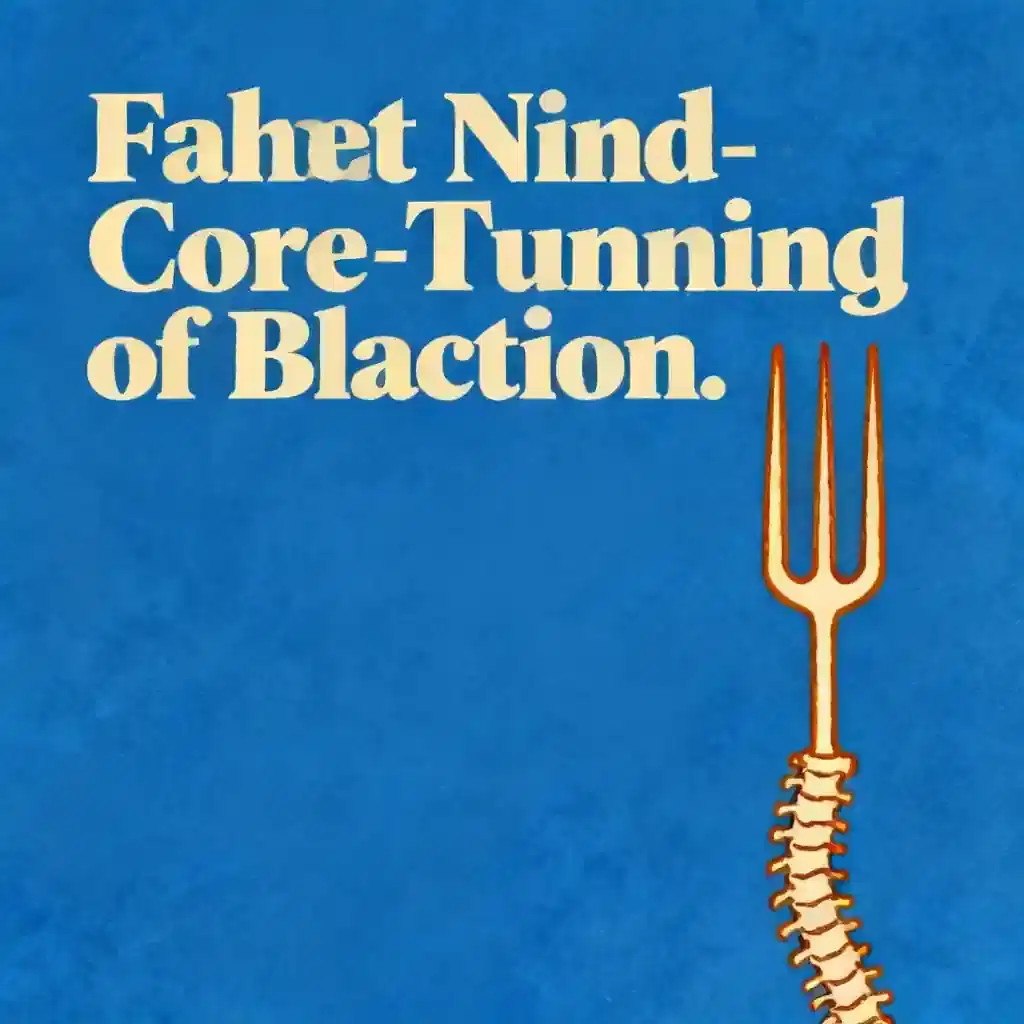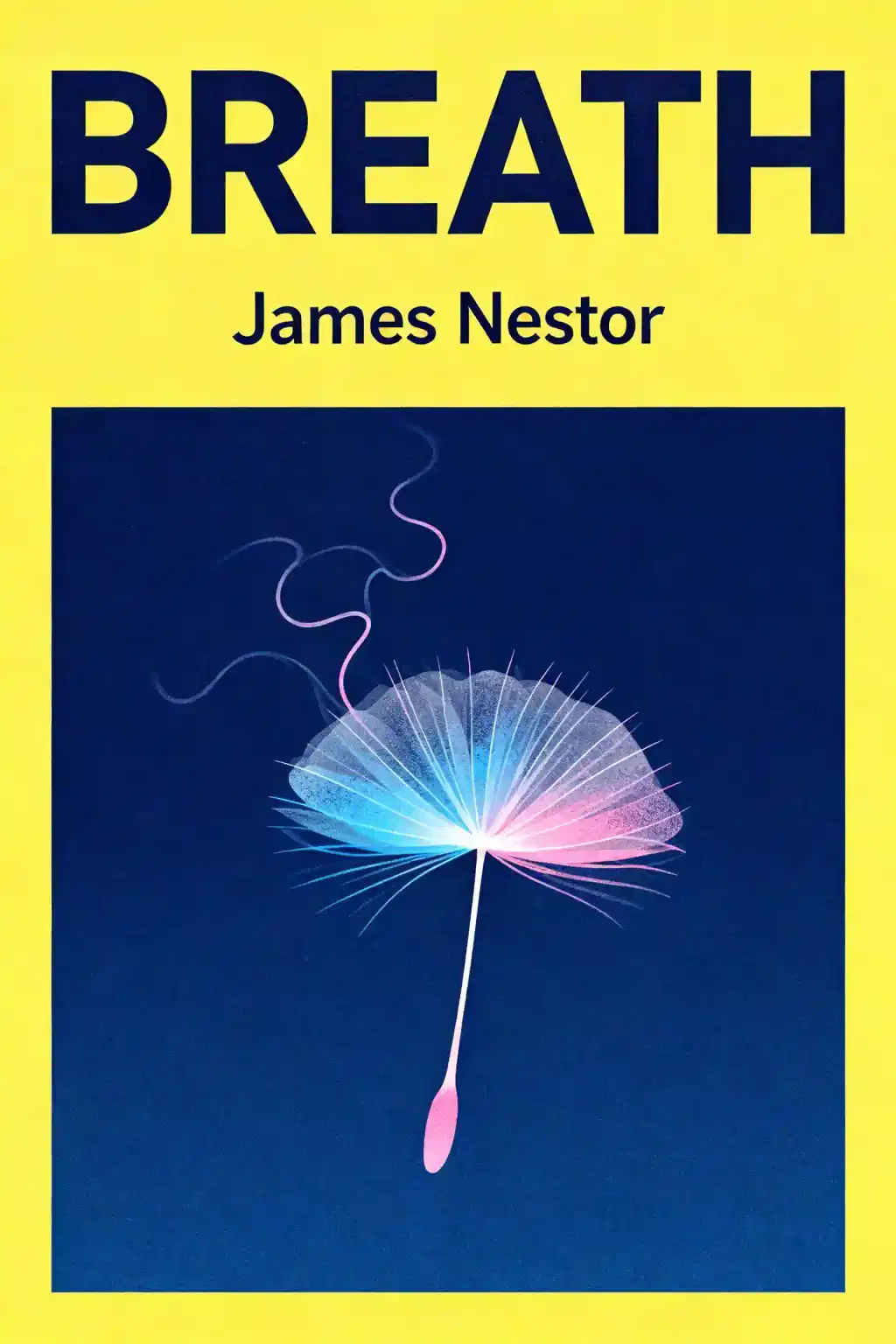What is
The Balanced Brain by Camilla Nord about?
The Balanced Brain explores the neuroscience of mental health, examining how brain-body interactions influence conditions like depression, chronic pain, and anxiety. Camilla Nord combines research on neurotransmitters, psychotherapy, and lifestyle factors (exercise, sleep, diet) to explain how mental well-being emerges from biological and environmental balance. The book critiques one-size-fits-all treatments, advocating personalized approaches tailored to individual brain chemistry.
Who should read
The Balanced Brain?
This book is ideal for readers interested in neuroscience, mental health professionals, and individuals seeking science-backed strategies to improve well-being. It’s accessible to non-experts but detailed enough for clinicians wanting to deepen their understanding of brain-body connections in disorders like PTSD or treatment-resistant depression.
What are the main concepts in
The Balanced Brain?
Key ideas include:
- Brain-body interplay: How immune/metabolic systems interact with neural circuits in mental health.
- Personalized treatments: Why antidepressants or therapies work differently across individuals.
- Lifestyle science: Evidence linking exercise, nutrition, and sleep to neurochemical balance.
Nord also discusses placebo effects, neurostimulation, and computational models of decision-making.
Does
The Balanced Brain critique current mental health treatments?
Yes. Nord argues against oversimplified "chemical imbalance" narratives, emphasizing that antidepressants and CBT work for only 50-60% of users due to individual brain variations. She highlights gaps in RCT methodologies and advocates integrating metabolic, immune, and neural data for precision psychiatry.
How does Camilla Nord explain chronic pain and depression?
Nord identifies shared neural mechanisms between chronic pain and depression, such as dysregulated reward systems and altered dopamine pathways. She explains how chronic stress disrupts brain-body communication, perpetuating both physical and emotional symptoms.
What practical advice does
The Balanced Brain offer?
Actionable takeaways include:
- Lifestyle tweaks: Aerobic exercise boosts BDNF for neuroplasticity; fermented foods may improve gut-brain signaling.
- Mind-body techniques: Placebo effects and mindfulness can modulate pain perception.
- Treatment combinations: Pairing SSRIs with CBT or neurostimulation may enhance outcomes.
Is
The Balanced Brain worth reading?
Critics praise its clarity in explaining complex neuroscience, though some note occasional technical depth. With 4/5 Goodreads ratings, readers value its evidence-based insights into antidepressants, therapy mechanics, and holistic mental health strategies. A 2023 Times Book of the Year.
How does
The Balanced Brain compare to other neuroscience books?
Unlike The Body Keeps the Score (trauma-focused) or Spark (exercise-neurobiology), Nord’s work uniquely bridges neurochemistry, psychopharmacology, and lifestyle science. It’s less memoir-driven than Andrew Huberman’s content but more clinically rigorous.
What criticisms exist about
The Balanced Brain?
Some reviewers found early chapters overly academic, and the lifestyle advice less groundbreaking for readers familiar with mental health literature. A minority felt it could expand on real-world applications of computational neuroscience models.
Camilla Nord directs Cambridge University’s Mental Health Neuroscience Lab and holds dual appointments in psychiatry and cognitive neuroscience. With a PhD from UCL, she’s published on neurostimulation, metabolic psychiatry, and decision-making. Her work has been featured in BBC, The New Yorker, and NPR.
How does
The Balanced Brain define mental health?
Nord frames mental health as dynamic equilibrium—a state where neural circuits, immune signals, and environmental inputs adaptively regulate emotions and cognition. Imbalance arises not from单一chemical deficits but mismatches between brain predictions and bodily states.
What quotes are notable in
The Balanced Brain?
- On subjectivity: “The brain is for everyone—it shapes even our most intangible experiences”.
- On treatment: “No two depressions are identical; neither should their treatments be”.
- On resilience: “Balance isn’t a fixed state but a capacity to recalibrate”.


















